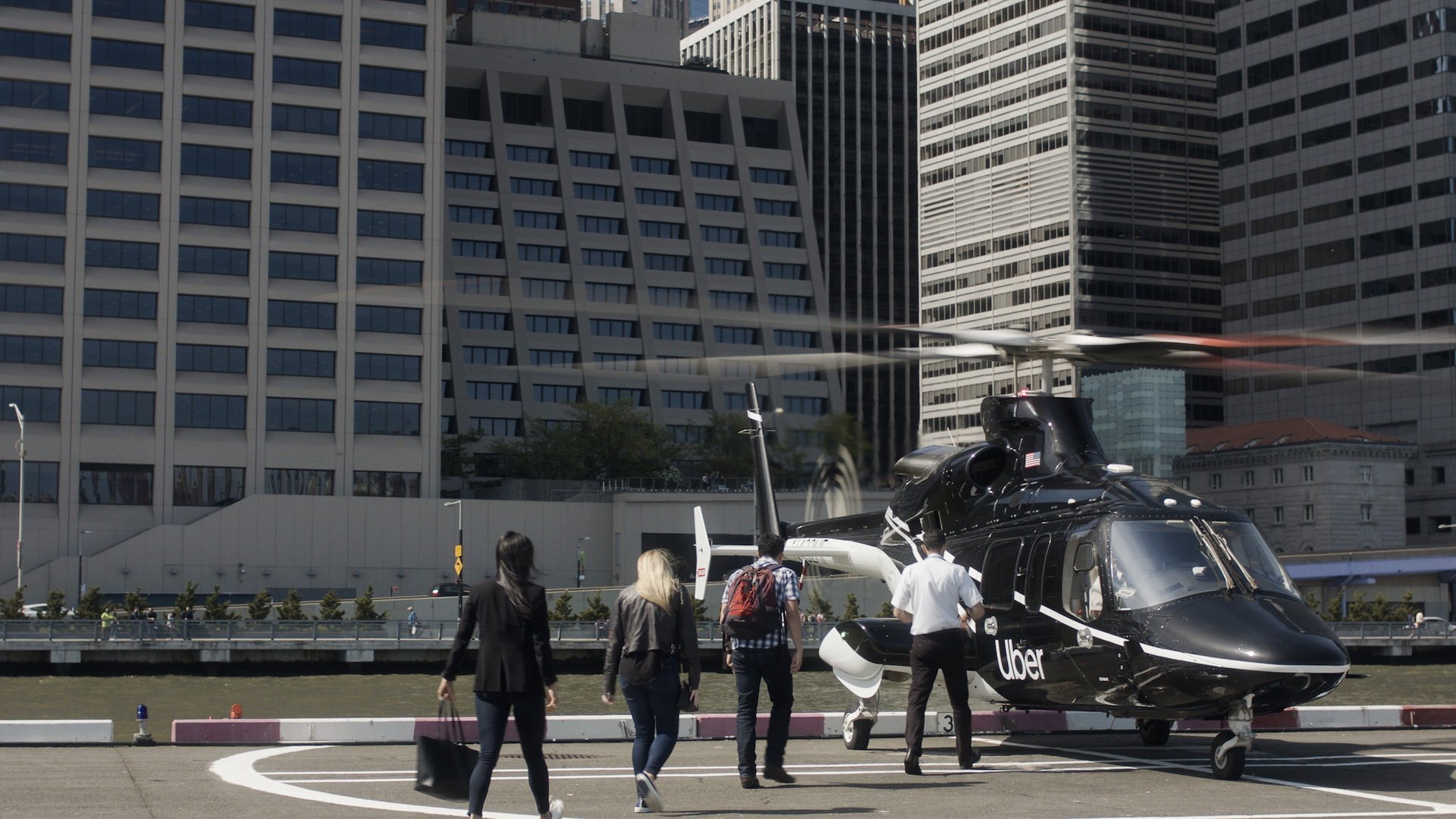Click Here to View This Page on Production Frontend
Click Here to Export Node Content
Click Here to View Printer-Friendly Version (Raw Backend)
Note: front-end display has links to styled print versions.
Content Node ID: 418755
While conceding that the global pandemic is taking a toll on the air transportation system, Eric Allison, who is leading Uber's efforts to launch urban air mobility (UAM) services, expresses optimism that the first eVTOL aircraft will be certified and enter service in 2023.
“We're still excited to see great progress there as we engage with the different communities,” Allison said during last week’s Invest in Bavaria's Urban Air Mobility 2020: Future of Aerial Transport & Logistics virtual conference. He acknowledged the uncertainty introduced by the global pandemic but added that vehicle developers are keeping pace and raising sufficient capital. “I think that we haven't really seen a meaningful slowdown in the progress that the key developers are making," he commented. "We’re still pretty bullish that we'll be able to see some level of operation in that timeframe.”
During the event, Allison provided an overview of Uber’s vision of building a network of UAM transportation.
While vying to serve as an architect of such a network, Allison stressed that Uber Elevate is not building the aircraft that will provide the critical connectors; that’s being done through partnerships with companies such as Hyundai, “which is getting into this space in a big way,” and Joby Aviation, which recently raised almost $600 million in Series C funding.
Uber, meanwhile, is studying transportation models to help facilitate the building of a network based on its own broad data capabilities and platforms, Allison told the attendees of the virtual conference.
He noted that Uber operates its ride-hailing services in 69 countries, including more than 10,000 cities, and to date has managed more than 15 billion trips. “This scale is something that is going to matter more and more as time goes on. So, we want to drive toward affordable, available forms of transportation. But we know that fundamentally there are still aspects of transportation that just aren't ideal.”
Congestion that's gridlocking cities is what drove Uber to look at what it calls “third dimension.” The company’s application aggregates enormous demand across the world on a daily basis, and that can be leveraged for aerial mobility demand, Allison said.
Uber is studying how its platform could be used to build a ride-share network to meet that demand. “We're building out those technologies,” he said. The platform must be capable of network and fleet management and must accommodate automation that ultimately will be necessary for scale.
While Uber Elevate is not building the aircraft, explained Allison, it is “using our understanding of data, understanding of mobility, understanding of how people move and where they want to move, to come up with the right economic mission to apply to vehicles.”
Uber has been using aggregated data from its ridership services to assess people's movements and build “heat maps” of activity that the company believes will ultimately serve as potential UAM networks.
“We can actually look at the way traffic flows on a daily basis and...how that maps into things like the size requirements, the way that this actually translates into the vehicle level requirements and [how] that can operate in the most cost-efficient manner in a network,” he said. “We can see the typical types of patterns where there are inflows in one direction in the morning and that flows in a different direction at night. That helps us be smarter and smarter about how we design these networks.”
Uber has engaged with others to discuss the necessary pillars to make such a system work. “You need the pieces of hardware, you need the aircraft themselves that are being developed, and you need sky ports," said Allison. "You need a place to take off.”
The U.S.-based group is building partnerships with companies such as real estate developer Hillwood, airports provider Macquarie, and fixed-base operation specialist Signature Flight Support to explore the development of the infrastructure that would support that network. It also has worked with the FAA and NASA to explore airspace management.
To gain more practical operational knowledge, Uber launched Uber Copter helicopter service, which provided lift between Manhattan and John F. Kennedy International Airport during high-demand times. However, the company suspended the operation when the Covid-19 pandemic resulted in a steep decline in bookings.
“This gave us the opportunity to build out the full suite of products that we needed,” including the various apps used for the ridership, Allison said. “We were excited because this gave us the opportunity to actually see how real people use this type of service. And we actually had pretty a great response.”
Looking at the time of connections and trips, the anticipated costs per passenger mile could be about a third less at the launch of the planned Uber Air UAM service than they are for the helicopter service. But Allison claimed that would scale down to a fraction of the cost of helicopter service as manufacturing and ridership of eVTOL aircraft scale up and then the long-term jump to autonomy occurs.
